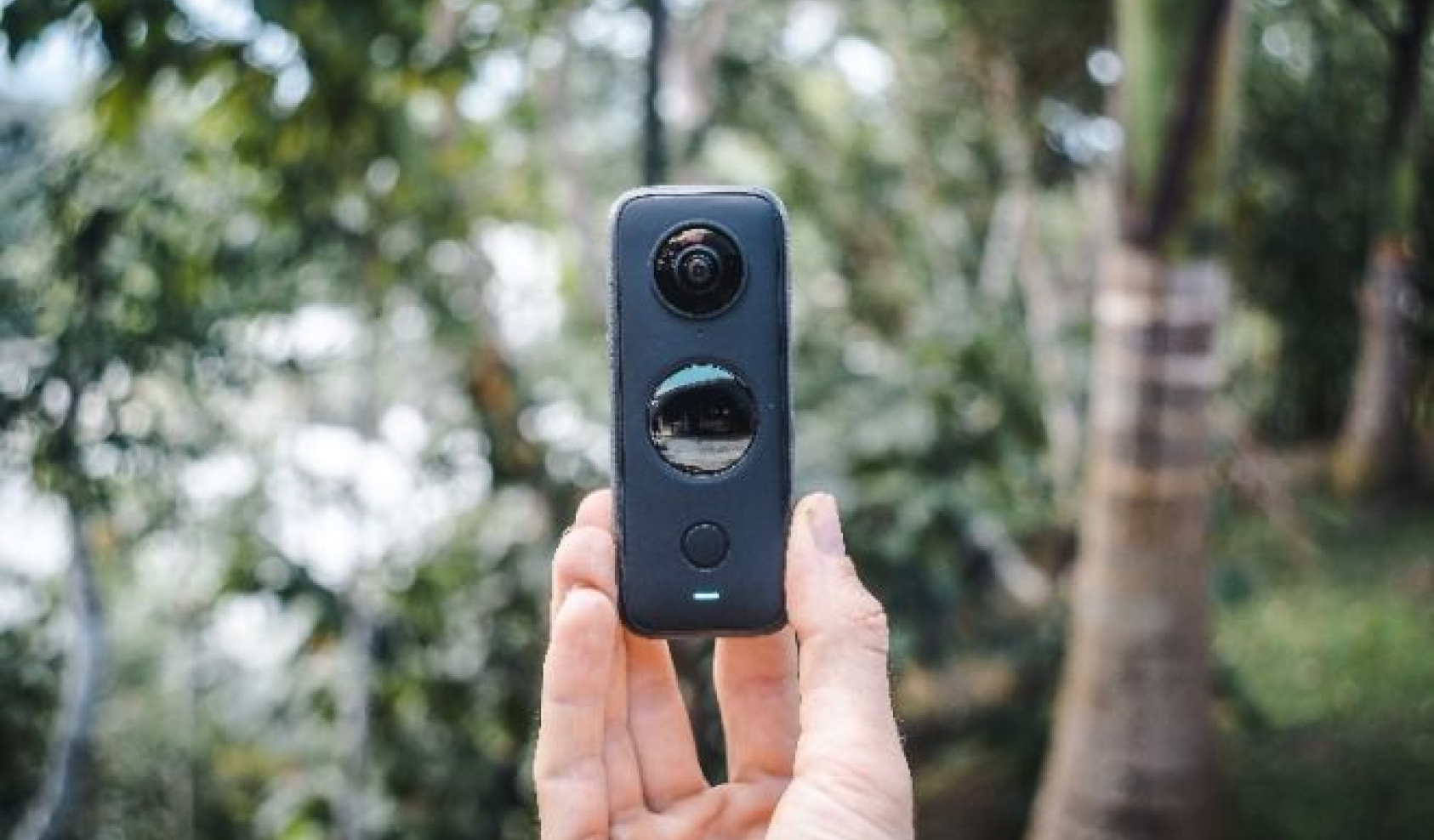Extended Reality and Accessibility

Introducing Extended Reality (XR)
Extended Reality (XR) allows learners to reach beyond the classroom into another setting through 360 videos and other simulations that can be used on different platforms whether that is headsets, web browsers, or mobile devices. Creating these learning activities in XR allows learners to practice needed skills in a simulated environment. These low-stakes practices enable students to try and fail, get feedback, and try again without the usual costs of in-person scenarios. Courses such as First Aid, electric wiring, and public speaking could be augmented with opportunities to practice the necessary skills and behaviors in a low-stakes environment. All courses could integrate XR whether in a classroom with headsets or online with mobile devices or web-based browsing. Digital accessibility considerations are not always at the forefront in design such as the visual, auditory, cognitive, and motor needs of learners. Yet they are necessary requirements to make sure all learners can participate in learning and not be left out as new technology is integrated into online classrooms. Thus questions such as these can arise amidst excitement – What are the accessibility considerations in the XR space? How accessible is XR?
There are research groups and associations such as the World Wide Web Consortium (W3C) and XR Access that focus their work on XR and accessibility to build collective knowledge and practice. Here at the University of Michigan, the Center of Academic Innovation has experts in XR and accessibility such as Pamela Saca, the learning experience designer for accessibility. She will provide insights into these questions along with the resources to dig into to make sure as innovation expands, so does access for all.
How XR makes learning experiences more accessible
While many immediately think of the accessibility limitations inherent in XR technology, there are accessibility benefits as well. XR promises great potential for communicating and engaging more effectively in a remote, immersive environment for many learners who may not have had the opportunity before the integration of XR. The aspects of XR allow for engagement in both technical and humanistic fields of study and in allowing practice for skills such as wiring. It is poised to impact any discipline where objects of study are spatially relevant, allow students to gain confidence in analytic skills, and increase access to things that would cost time, money, or safety (Cook and Lischer-Katz).
There are also specific tools that increase accessibility. When thinking about the 1 in 4 people in the United States with a disability (CDC), these benefits can allow students to be more active participants in the classroom while also enhancing the learning experience of content. XR features can increase accessibility by enhancing surround sound from one side of the body over the other, using a technology that allows a virtual reality headset to dynamically highlight sharp contrasts of picture quality in peripheral vision for visually impaired users and enabling walkability for those confined in a wheelchair through movements similar to walking around a boardroom table. XR tools support students to engage and change the tools so that they fit their needs and fulfill the vision of building the necessary knowledge, skills, and behaviors for their course.
Accessibility challenges with the use of XR
However, there are accessibility challenges with the use of XR, that can affect all learners, even without disabilities. Students working in noisy spaces may also have challenges hearing. Some students struggle with new technologies or have motion sickness when using a headset. Some XR tools like 360 degree videos or first person perspective movement depend heavily on motion controls. The technology requires the user to manipulate their body to control their movements and placements which forces the challenges in accessibility when there are learners who have difficulties with motion controls.
Planning for Accessibility
Although Pamela Saca, the Learning Experience Designer for Accessibility at the Center for Academic Innovation, believes that extended reality could support many people in their learning, she knows nothing can be 100% accessible because one thing that “works for one person will be in direct conflict for what might work for another person.” In her work in design teams, a change made to help one type of learner and their specific accessibility needs may make it more difficult for another. Therefore, she suggests the following considerations that can help design teams and instructors make more inclusive choices.
- Consider accessibility from the beginning. The XR collaborative recommends planning XR experiences explicitly considering accessibility at the start of your project. It’s more efficient and less expensive than having to remediate. Think about the types of learners you may have in your course and what kind of needs they may have. This could include captioning audio or providing alternatives for physical movements. There are resources for testing accessibility whether that be through user testing before launch, XR Guidelines, or the W3C amongst others that need to be implemented throughout the design process from ideation to implementation.
- Build with an audience in mind that is as inclusive as possible, or better yet, involve people with disabilities as members of the course design, managers, and testers. You may find challenges you hadn’t anticipated due to your own design bias.
- Test the learning activity with a diverse group of people to ensure ample feedback and to be able to build in alternative activities if it is not 100% accessible. During one set of user testing, what designers thought to be a great design instead had a lot of challenges. The XR experience had to be changed to accommodate the broad population that would be using it, even if it didn’t align with the originally planned experience.
Extended reality is a tool that can be used to enhance learning through low-stakes practice, continuous feedback, and real-life situations. It, like many other learning technologies, has limitations and introduces the possibilities for exclusion whether that be because of technological difficulties, inaccessibility, or other issues unknown to the designer. Extended reality, like many technological innovations, is exciting but should also be used for expanding learning for all.
References
CDC: 1 in 4 US adults live with a disability | CDC Online Newsroom | CDC. (2019, April 10). https://www.cdc.gov/media/releases/2018/p0816-disability.html
Cook, M., & Lischer-Katz, Z. (2020). Practical steps for an effective virtual reality course integration. College & Undergraduate Libraries, 27(2–4), 210–226. https://doi.org/10.1080/10691316.2021.1923603
Additional Resources
XR Access: A community committed to making virtual, augmented, and mixed reality (XR) accessible to people with disabilities
World Wide Web Consortium: The W3C mission is to lead the World Wide Web to its full potential by developing protocols and guidelines that ensure the long-term growth of the We



